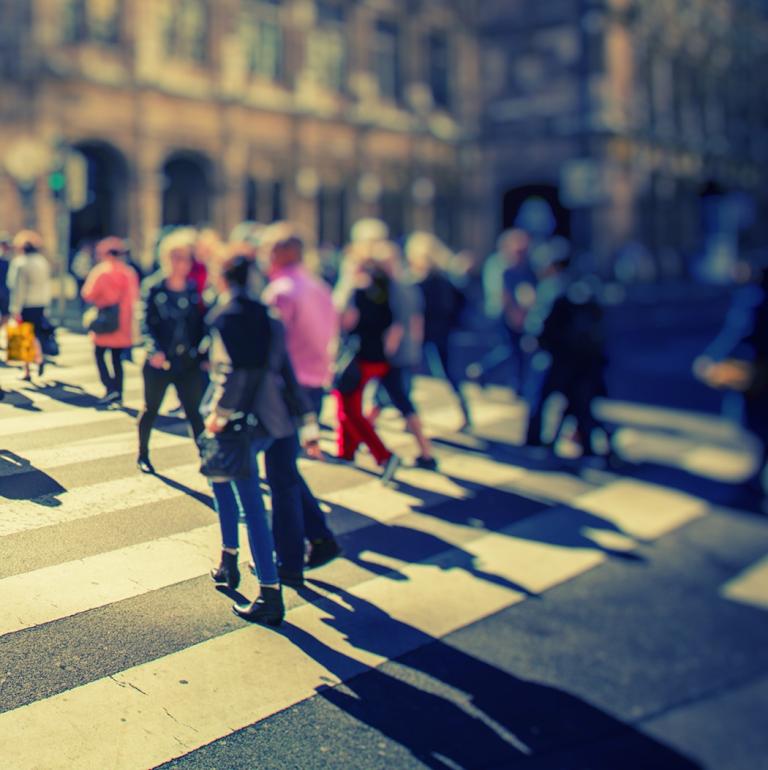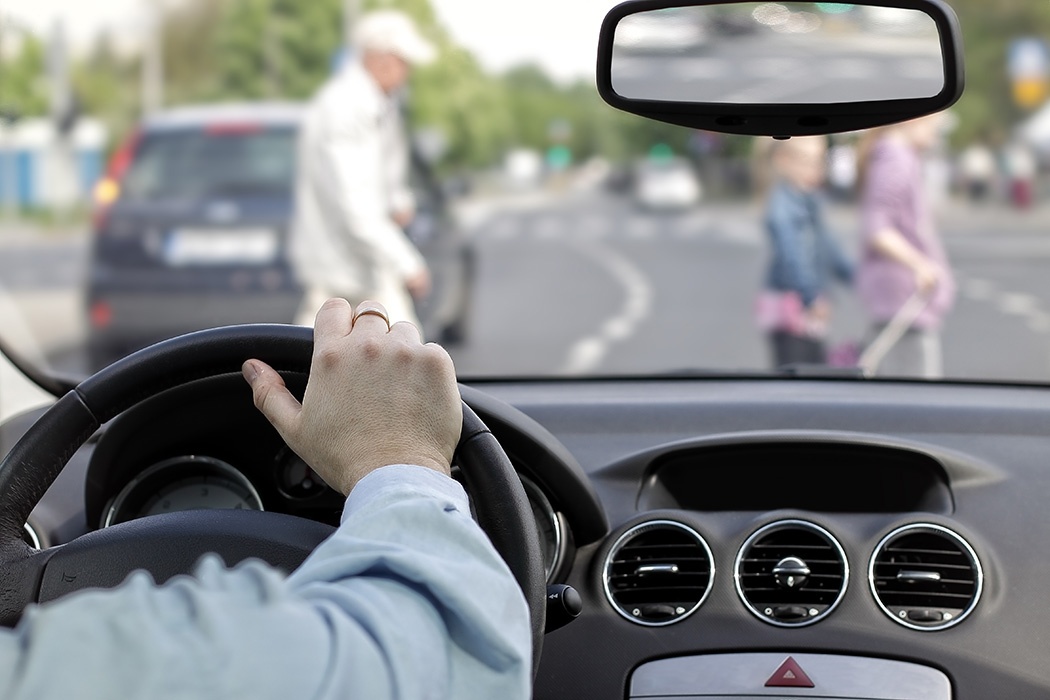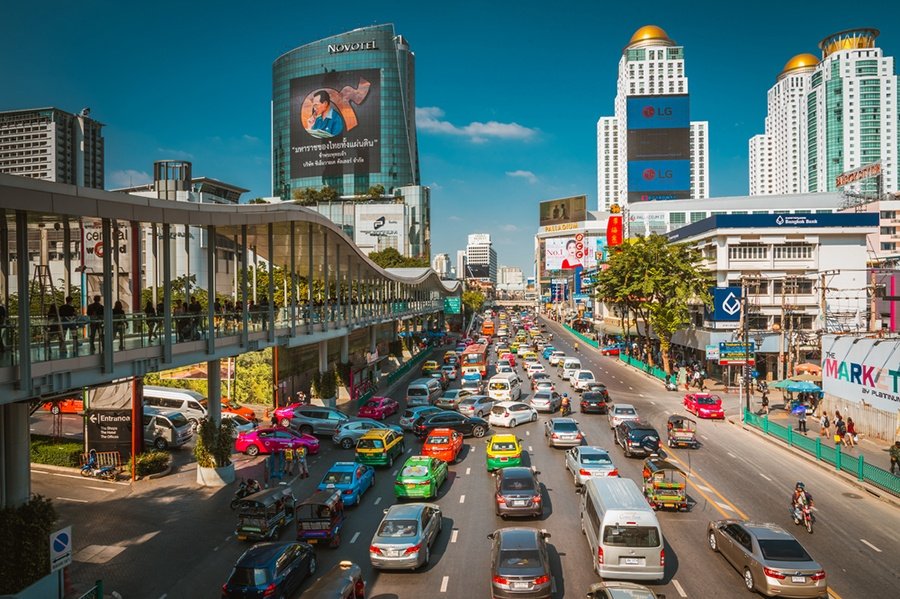Can pedestrians rule the roads?

Along with winning the trust of the public, autonomous vehicles also need to integrate into cities, which leads us to theorise about how pedestrians and autonomous vehicles will interact with each other in the future. Could we see cities and the roads ruled by pedestrians? We spoke to Adam Millard-Ball, assistant professor at the University of California, a transport planner and economist, to find out more.

image credit: ambrozinio
Adam's research analyses the relationship between autonomous vehicles and pedestrians, concentrating on the requirement to yield at crosswalks. He explains that his research is based around what could happen in the future, with autonomous technology proving too embryonic to tell us what things will definitely be like in 10 or 20 years time. However, using game theory to create a model, it is possible to look at different theoretical outcomes.
"Game theory strips the problem back to first principles," says Adam. "In this case, the focus is on interactions between pedestrians and cars, so it's a way to analyse what could happen between them. It's certainly not a prediction because there are several outcomes that are possible, but it does enable us to look at those different outcomes in a structured way."
Adam's research points out that because autonomous vehicles will be risk-averse, the model suggests that pedestrians will be able to behave with impunity, while the introduction of autonomous technology may lead towards a shift in pedestrian-oriented urban neighbourhoods. "At the same time," says Adam, "autonomous vehicle adoption may be hampered by their strategic disadvantage that slows them down in urban traffic."
Autonomous vehicles could struggle in urban areas
Particularly dense urban areas like central London or Manhattan look likely to cause autonomous vehicles the biggest issues, says Adam, partly because making progress in a busy city relies on being somewhat flexible regarding the rules of the road. You may need to be rather aggressive to make progress, for example, which an autonomous vehicle is unlikely to do.
Whether autonomous cars will result in faster journeys remains to be seen, with lots of different factors making it difficult to predict. "It's not just about autonomous technology, but how town planners and other people respond. New lanes created especially for autonomous vehicles and other technological changes could all have an impact on journey times."
Pedestrians aren't the only ones that could act with impunity when it comes to autonomous cars, and Adam points out other vehicles could also start to react differently.

"Other cars will react in different ways, and so will different autonomous cars. An example of that could be changing lanes and when to cut in front of another car on the motorway or when to make a turn. A lot of this behaviour is currently governed by the need for the other car to notice you and various social nuances as well."
"There's an assumption that autonomous cars will behave cooperatively and form very regular orderly platoons going down streets and signalling intentions to each other, but there's no reason to think that's going to be the most effective strategy for getting where you want to go as quickly as possible. Imagine a scenario where cars act in self-interest or form coalitions or alliances. For example, if you're coming out of a side street in a Honda, maybe another Honda will let you out but a Ford won't. Human drivers, as well as cyclists and pedestrians, will all react to the change on the roads differently."
Whether ‘drivers' are willing to defer to their autonomous cars and wait in such situations remains to be seen. Adam does think it's unlikely that impatient drivers will be able to demand control of their accelerator pedal once again if pedestrians are ruling the roads.
"If you're in a situation where an autonomous car slows down to yield to a pedestrian and then the driver wants to take control and proceed, it's probably too late. The pedestrian is already likely to be crossing; you can't just decide to take control."
We could, however, see cars drive themselves on motorways before handing back control back to human drivers when heading into city centres. "Where making progress relies on forcing your way through or partially blocking an intersection, maybe that's something we're more likely to see."
If nothing else, autonomous vehicles will bring an extra layer of defence for vulnerable road users. "Right now there's very little penalty for many vehicle accidents. It's often the case that pedestrians can get run over by cars and the driver will say ‘oh I didn't see him or her'. Autonomous vehicles will usher in far more data in the event of a collision, with more of a record of what's happening at all times. We'll just have to wait and see whether that extra layer of defence leads pedestrians feeling safe to rule the roads.
image credit: BABAROGA
Have your say
Sign up for our newsletter
Why sign up:
- Latest offers and discounts
- Tailored content delivered weekly
- Exclusive events
- One click to unsubscribe